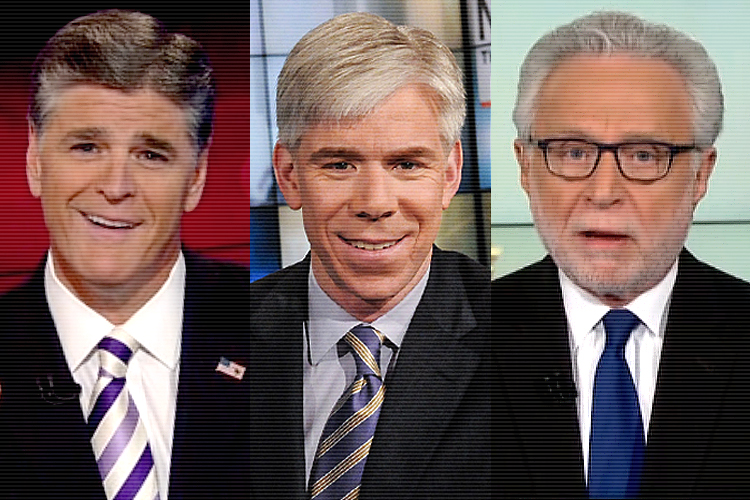If you consume a balanced media diet, then by now you’re familiar with the following pattern:
1) A story about an individual insurance policy holder discouraged by a cancellation notice and “rate shock” lands and blows up, all likely with the help of a dutiful GOP public relations professional.
2) A day or a week later, the story is debunked or a more conscientious reporter finds that the full set of facts paints a much more nuanced picture. But it gets much less attention than the first story.
I get it. Outraged constituents create much better copy than satisfied or curious constituents.
But it’s really striking how long it’s taking reporters to realize that these stories are incomplete, and probably inaccurate, unless and until they and their subjects have a handle on all of the relevant information. Read the kicker of this Jonathan Cohn story. It really should be the lede. Dianne Barrette, a Florida woman who became a poster child for the “rate shock” meme, has learned a bit more about her situation, and now says that the cancellation of her junk insurance plan may may be “a blessing in disguise.”
You can trace Barrette’s change of heart to the fact that her initial outrage was based upon misleading information from her insurance company, and CBS News’ decision to pass that information along to the public without explaining the deceit at the center of it.
“Last month, she received a letter from Blue Cross Blue Shield informing her as of January 2014, she would lose her current plan. Barrette pays $54 a month,” according to the Oct. 28 report. “The new plan she’s being offered would run $591 a month — 10 times more than what she currently pays.”
CBS did note that Barrette will be eligible for subsidies to defray some of her expenses, but let the $591 quote from Blue Cross stand. What’s more shocking than a 1000 percent price increase? Cohn’s article makes clear that once Healthcare.gov is fixed, Barrette will find much, much cheaper options, all of which offer far better insurance than she currently has.
In our haste to find human interest stories that contradict President Obama’s misleading claims about grandfathered insurance plans, the media has fallen into a lazy habit of taking insurance companies at their word.
Enter TPM’s Dylan Scott with a much needed antidote.
Dylan’s piece is essentially about how insurance companies (some, not all) are creating thousands of Barrettes across the country, fleecing their existing customers to pad their bottom lines. Cancellations are inevitable. And some recipients will indeed find themselves required to pay more for equivalent or inferior coverage, even if they take full advantage of the law’s benefits. But these insurers are neither trying to find comparable price points for their existing beneficiaries nor alerting them to the market expansion the ACA creates. They’re defaulting their customers on to much more expensive plans, which they describe as comparable to the canceled ones, and hoping those customers don’t notice they have plenty of other options. The letters treat the existence of the exchanges and subsidies as an afterthought.
This is what I was getting at last week when I wrote “insurers don’t want to downsell or advertise for their competitors.” The transition period between the old individual market and the new, better one, provides them one last chance to use the power of inertia and fear of the unknown to feed their consumers into expensive plans and shunt the blame for the price hike onto Obamacare.
The truth is the Affordable Care Act isn’t blameless — not, as its critics suggest, because it imposes too much regulation on the individual insurance market, but because it doesn’t impose enough.
The Obamacare model effectively enlists for-profit insurers to fulfill the function of state-based single-payer systems. It pools risk in the individual market across states, but allows several carriers to compete for enrollees. For a system like this to work, though, the companies themselves need to operate like public utilities. The Affordable Care Act takes important steps in this direction, but doesn’t eliminate all of the private insurance market’s worst incentives. This automatic retention strategy is just one manifestation.
Let this be a reminder to the Democrats on Capitol Hill and in the White House who killed the public option. It could’ve been designed as a default plan for cancelees. And its very existence would have imposed discipline on the system — if everyone knew they could enroll in a plan modeled on Medicare, insurers would be less inclined to swindle their customers. Ironically, but predictably, the Democrats who will face the greatest political consequences of the turbulent final throes of the old individual market are in many cases the ones responsible for leaving it in the hands of for-profit insurers. But there’s plenty of blame to go around here, including to reporters treating missives from health insurance companies as reliable testimony.

